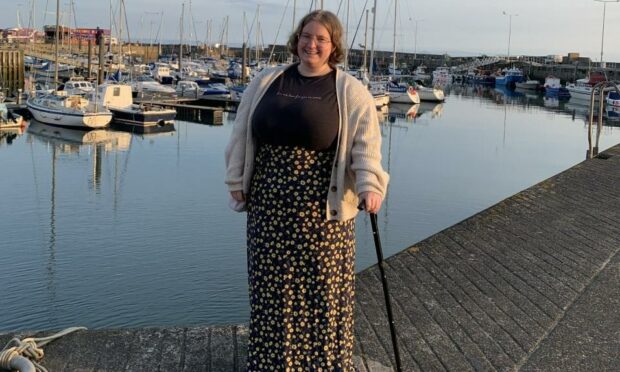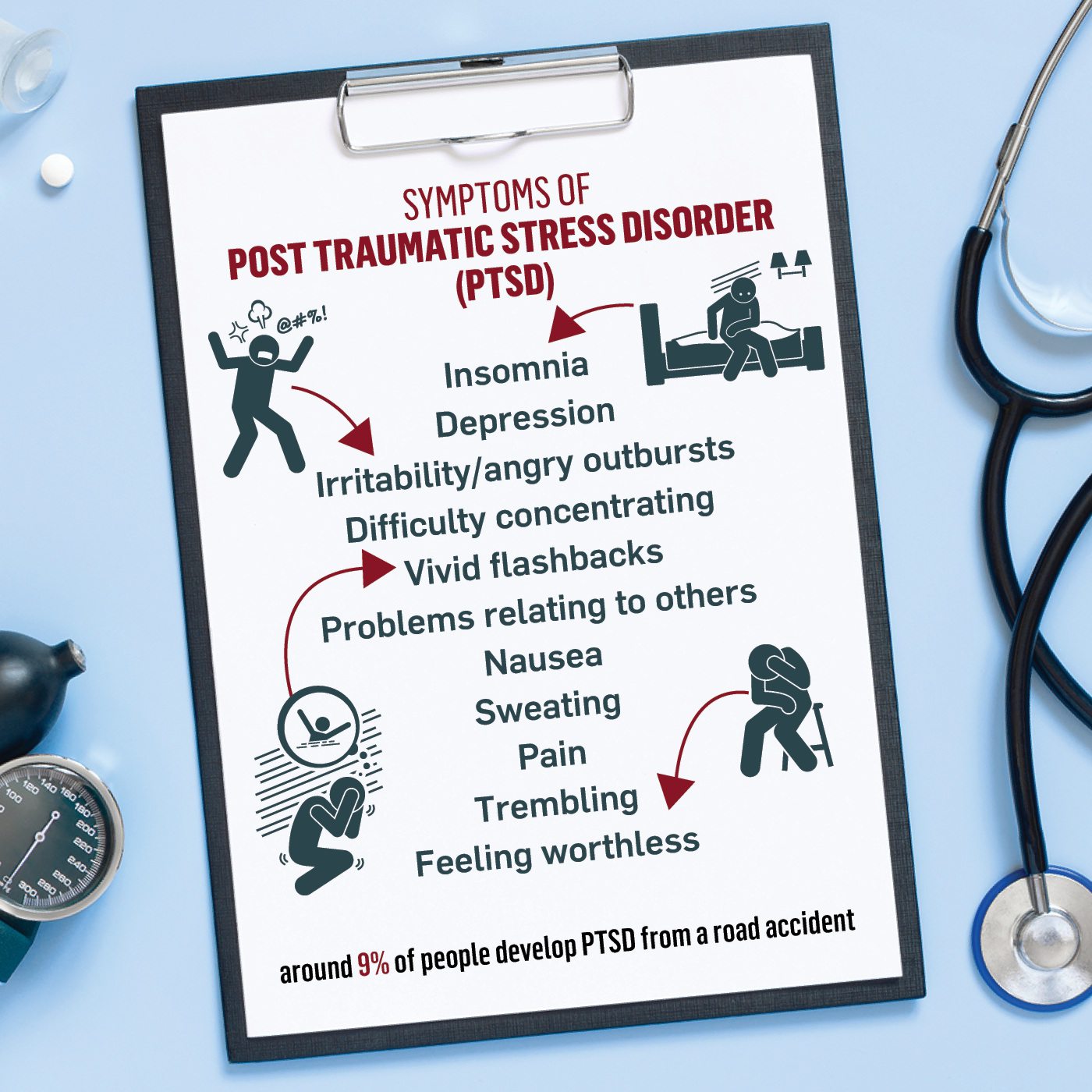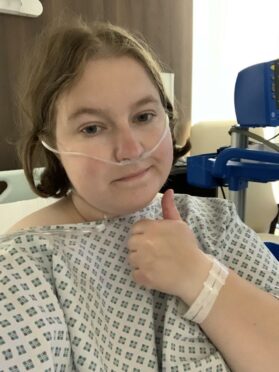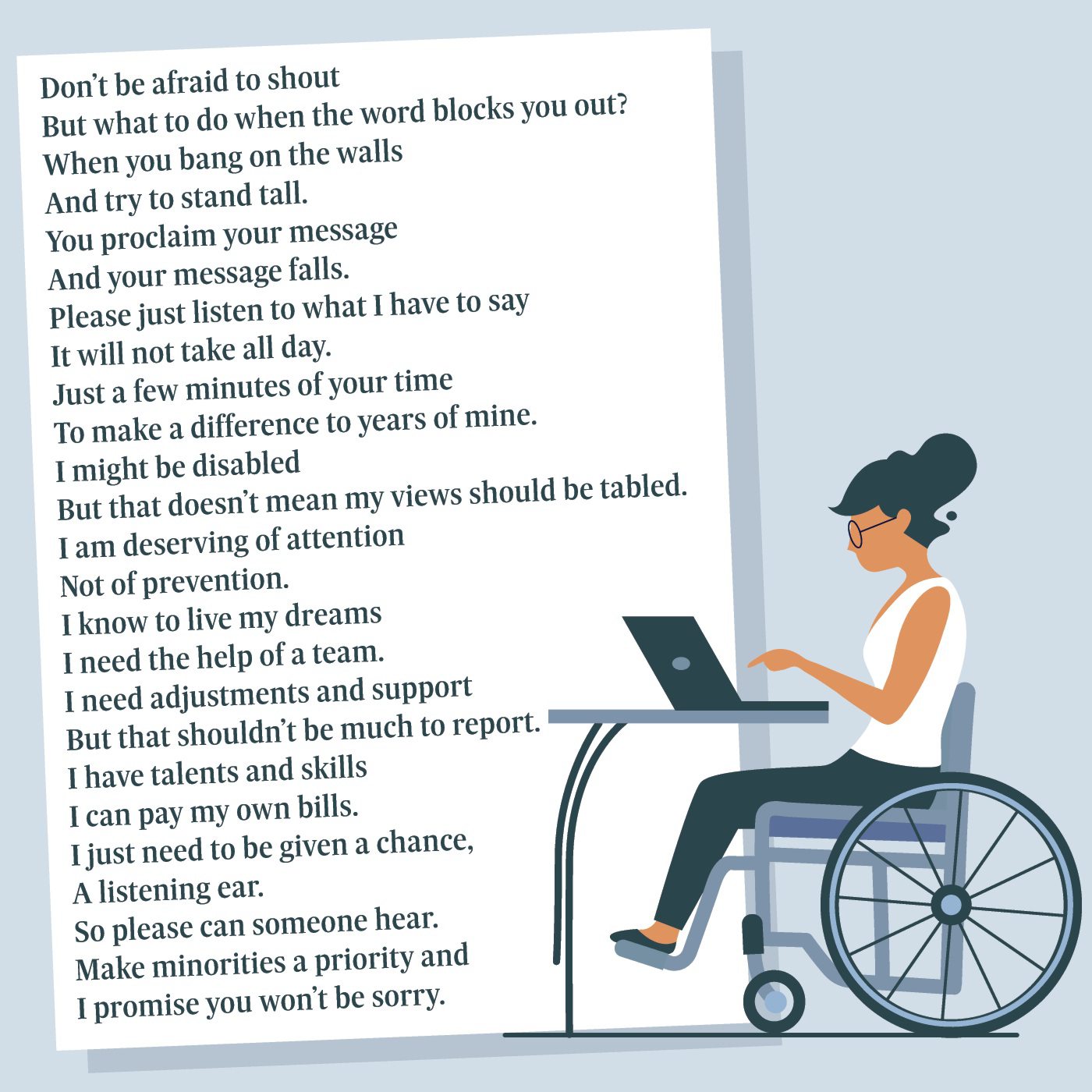An Aberdeen woman left severely injured and with PTSD after a hit-and-run has slammed the “humiliating” lack of facilities for disabled people in the north-east.
Morag Forbes, 25, needed four surgeries and spent six months relearning how to walk after being knocked from her bicycle by a van driver in London in 2018.
Three years later, she still suffers pain on an almost regular basis, and is in the process of having her potential brain damage assessed by doctors.
Now, as Morag continues to regain her independence, she has hit out at the lack of understanding around people with disabilities and their different needs.
‘It’s not easy to answer… and it’s none of their business’
In October 2018, Morag was living in London and had been cycling home through Chelsea when she was knocked to the ground.
She recalled speaking to police at the scene while “struggling to remain conscious”.
Afterwards, she developed PTSD (Post Traumatic Stress Disorder), a condition most commonly associated with warzones and combat exposure, leaving the traumatic incident hard for her to talk about.
To make matters worse, she’s constantly quizzed about what happened to her.
“If I get into a taxi with crutches, a walking stick or leg brace, they always ask ‘What happened to you?’,” she added.
“It’s not a particularly easy question to answer and it’s also not really any of their business.
“It makes going out so exhausting.”
Morag is also waiting to see a neurologist about potential brain damage she suffered in the crash.
“I can’t independently move my right eye, I can’t touch my nose with my right hand and more,” she said.
“As well, often instructions from my brain, for example moving my leg, seem to get lost.”
Misunderstandings can be ‘humiliating’
Morag admits she wasn’t aware of the general lack of accessibility until she became disabled herself.
She said: “I didn’t have any disabilities or issues for most of my life until I was knocked off my bike in the hit-and-run.
“My whole life was flipped on its head and it wasn’t until I saw the lack of accessibility and inclusion myself that I realised how many places it happens.
“For example, you go out for coffee, you need to go to the bathroom and it says ‘disabled’ which is great.
“But then it’s a heavy pull-door and you can’t actually open it.
“You have to find a member of staff to ask them to let you in, which is just humiliating.”
‘The best people to solve problems are the people who encounter them’
She now believes more disabled people need to hold positions of power in regards to decisions affecting them, as they are the only ones who can fully comprehend their struggles.
“If you haven’t lived through that day-to-day and how really, really small things can make life more complicated, you just can’t understand what it’s like,” she said.
“The best people to solve the problems that exist are the people who encounter them.
“A lot of discussions around accessibility can become focused on big projects and expensive changes, but there could be a huge amount of small, affordable changes.”
Morag has also started writing poetry and blogging regularly about her recovery journey, in the hopes of raising awareness for others.



